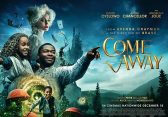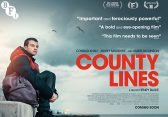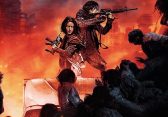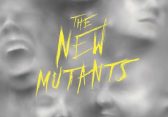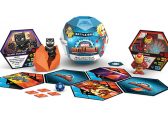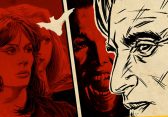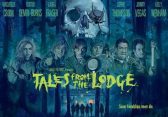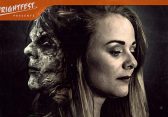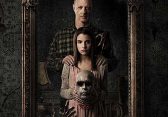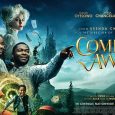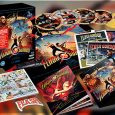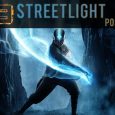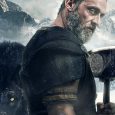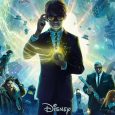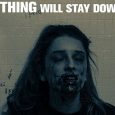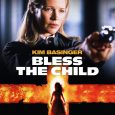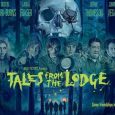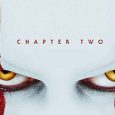Peter Jackson
Even at this point during the sequence the tension and excitement is at the high end of the scale: many obstacles have been added and the odds have been greatly stacked against our heroes. But Jackson continues to push it to the limit by adding another two dangers. The first is a broken piece of stairway meaning a dangerous jump for the fellowship. The second is a group of goblins, firing arrows down upon them from a ledge nearby. At this point the scene is working at it’s utmost perfection, as all the dangers are lain before us as an audience. Let’s count them.
1. A ticking clock in the form of the off screen Balrog.
2. The location the heroes find themselves in is a death-trap.
3. The hole in the stairway
4. The attacking goblins.
All four dangers are smoothly working together and effecting each other: The Balrog is the reason the fellowship are moving forward to unknown danger, and it is blocking one of their two ways of escape. The death-trap location is automatically making every little thing (including danger 3) 100x more frightening. The hole in the stairway is bringing the fellowship to a dead stop, making danger 1 more of a concern. Finally, the goblins are affecting all 3 of the other dangers as they slow the fellowship down and make the stairwell a very unsafe place to be. Since the threat is now at it’s highest, Jackson relieves some of the tension by having the fellowship deal with the most present problem: The goblins, which the fellowship fire back at with much greater success. Even comedic relief is present in this scene when Gimli the dwarf refuses to be thrown (or tossed as he puts it) over the gap. What could be a bit of a scene breaker actually enhances the sequence because the comedy moment isn’t forced: The joke is effective because it’s in tune with the character. His stubbornness and pride mean that of course he refuses such aid. Once again to reference the ‘roller-coaster’ nature of this scene, there is only one place to go after a lighter moment: Back up to precipice. With only 2 members of the party left to jump (of course the most important member included), the stairwell begins to break more and more, creating a gap far too large to leap. The now separated structure begins to crumble and fall forward, excitement and spectacle reaching it’s peak once again. At the last moment the twosome leap into the arms of their friends, instantly sounding the fellowship theme once again on the score. There is a simple progression here of multiple problems arising, and the heroes finding a way to solve or survive through it. It is a small victory rewarded via the music.
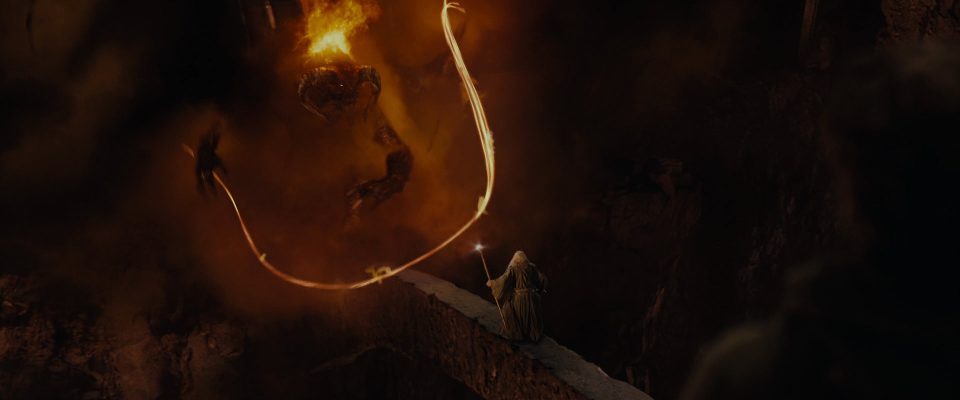
The tone shifts yet again when the Balrog reveals itself as the fellowship cross the Bridge of Khazad Dum. This is a new foe that is clearly a bigger threat than anything faced before due to it’s size and hellish design. Its presence is felt tremendously on screen as an all powerful villain. Once Gandalf turns to face the Balrog alone, standing upon the the bridge with staff and sword in hand, there is a genuine sense of awe. I believe this is rooted in our desire to see the classic battle of knight against dragon, and while Gandalf isn’t a knight and the Balrog isn’t a dragon the same principle applies: after all, a knight doesn’t have any distinguishable attributes beyond his armour. He could be anyone, or simply a person willing to fight a mighty beast. The Balrog on the other hand looks similar enough to a dragon, especially with it being surrounded by fire, that we are reminded consciously (or not) of classic fairy-tales,making this a masterfully crafted showdown. The face off itself is visually spectacular, with flame swords and magic force fields to feast the eyes, but I find the dialogue here much more interesting.
The adaptation of The Lord of the Rings contains extremely finely balanced dialogue. By that I mean the film never shies away from using ‘fantasy’ dialogue that contains fictional words and grand dramatic phrases that could easily sound cliché, but it does add ample ‘traditional’ dialogue when needed for audience accessibility. However, this final showdown between wizard and demon strips away everything of the traditional to employ it’s mumbo jumbo. This is the following dialogue given by Gandalf.
“I am the servant of the Secret Fire, wielder of the Flame of Anor. The dark fire will not avail you Flame of Udun! Go back to the Shadow! You shall not pass!”
This could easily come across as tremendously silly, but yet it doesn’t. Partly because of Ian Mckellen’s excellent delivery and the fact that it’s played so seriously. But it’s everything else too. Camera, sound, music, special effects, editing, even its place in the film and how the sequence has been built up so elegantly to this point. It’s fitting that we see Gandalf’s death at the end of this sequence, as we’ve sat through the highest of highs with the thrilling tour de force of action, so it’s only fair that we experience the lowest of lows as the fellowship loses its first member.
The Bridge of Khazad Dum sequence achieves such emotional range, and is able to flick between those emotions like you would a light switch, with no hindrance to the core purpose of the scene. It impressively juggles the fun action/adventure attitude of a children’s film, serious and tense set pieces, light moments of comedy, and devastating loss – all in around 7 minutes, making this a great movie scene indeed.

